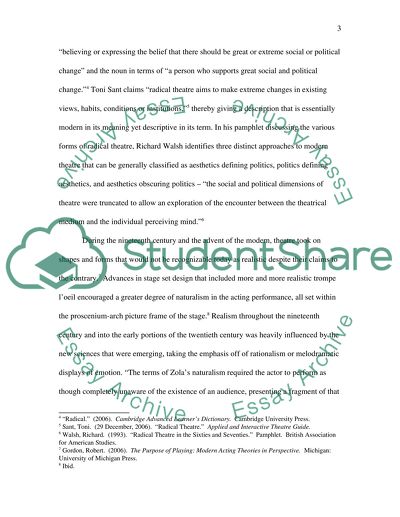Cite this document
(“Modernist Art - A New Approach in Theatre Essay”, n.d.)
Retrieved from https://studentshare.org/performing-arts/1573281-modernist-art-a-new-approach-in-theatre
Retrieved from https://studentshare.org/performing-arts/1573281-modernist-art-a-new-approach-in-theatre
(Modernist Art - A New Approach in Theatre Essay)
https://studentshare.org/performing-arts/1573281-modernist-art-a-new-approach-in-theatre.
https://studentshare.org/performing-arts/1573281-modernist-art-a-new-approach-in-theatre.
“Modernist Art - A New Approach in Theatre Essay”, n.d. https://studentshare.org/performing-arts/1573281-modernist-art-a-new-approach-in-theatre.


